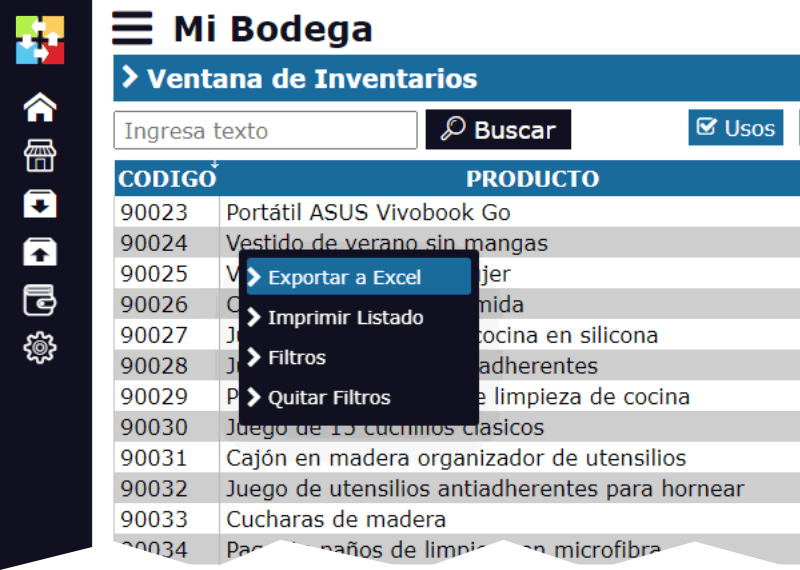Inventory management in companies with multiple units of measurement: Practical examples.
Inventories in companies with multiple units of measure: Practical examples
In the business world, inventory management is essential for maintaining efficiency and profitability. However, when it comes to companies that handle multiple units of measure, the task becomes more complex. In this article, we will explore practical examples of how to manage inventories in companies with multiple units of measure.

What are units of measure?
Units of measure are the units used to measure the quantity of a product or raw material. They can be units of length, weight, volume, among others. In a company, it is common to find different units of measure for different products or materials.
Examples of units of measure
- Length units: meters, centimeters, inches
- Weight units: kilograms, grams, pounds
- Volume units: liters, gallons, cubic meters
Challenges of inventory management with multiple units of measure
Inventory management with multiple units of measure can be a challenge due to the complexity of converting and comparing different units. Some of the most common challenges include:
- Difficulty comparing and contrasting different units of measure
- Risk of errors in unit conversion
- Difficulty in performing accurate analysis and reports
Practical examples of inventory management with multiple units of measure
The following are some practical examples of how to manage inventories in companies with multiple units of measure:
Example 1: Unit of measure conversion in a construction company
A construction company uses meters and centimeters to measure the length of materials. However, some of its suppliers use inches to measure the length of materials. To avoid errors, the company uses a unit conversion system to convert inches to meters and centimeters.
Example 2: Inventory management in a food company
A food company uses kilograms and grams to measure the weight of products. However, some of its products are sold in pounds. To avoid errors, the company uses a unit conversion system to convert pounds to kilograms and grams.
Example 3: Inventory management in a chemical company
A chemical company uses liters and gallons to measure the volume of products. However, some of its products are sold in cubic meters. To avoid errors, the company uses a unit conversion system to convert cubic meters to liters and gallons.
Conclusion
Inventory management with multiple units of measure can be a challenge, but with the implementation of unit conversion systems and the use of information technology, it is possible to avoid errors and improve efficiency. It is important that companies identify the units of measure used in their industry and develop systems for converting and comparing different units.
Recommendations
To effectively manage inventories with multiple units of measure, it is recommended:
- Identify the units of measure used in the industry
- Develop unit conversion systems
- Use information technology to automate unit conversion
- Perform accurate analysis and reports to make informed decisions
By following these recommendations, companies can improve efficiency and profitability in inventory management with multiple units of measure.





